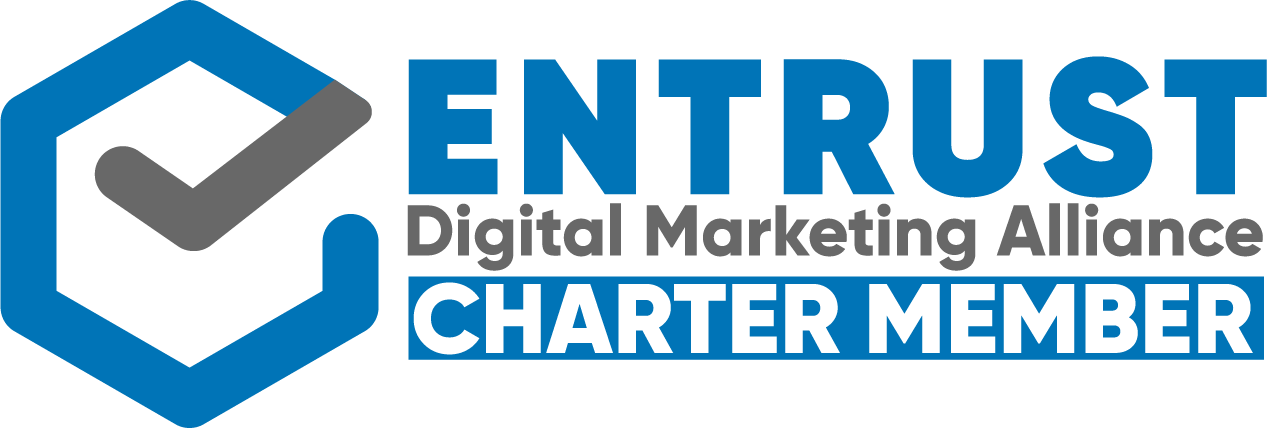How To Turn Your Employees Into Your Top Social Media Advocates
 Almost every business today is on social media. Whether you’ve opted for a Facebook or LinkedIn company page, are active on Twitter or even post videos on YouTube, you’ve most likely bought into the need to have an online presence.
Almost every business today is on social media. Whether you’ve opted for a Facebook or LinkedIn company page, are active on Twitter or even post videos on YouTube, you’ve most likely bought into the need to have an online presence.
But have you considered how a social media strategy that includes online employee advocacy can drastically impact your brand?
Research shows that employees are the most powerful advocates a company has, and should be invited into the process of raising brand awareness. Let’s look at L’Oreal as a recent case study. Their digital marketing team implemented the use of the hashtag #LifeatLoreal in an effort to familiarize corporate with local level employees by documenting interesting or humorous happenings at the office.
The benefits went beyond expectation – employees generated interest among their personal networks in employment with the company and along with another similar hashtag campaign, it increased L’Oreal’s unique Instagram impressions to 200,000.
Other examples of companies doing social media employee advocacy programs well are Starbucks, who brought in $180,000 in direct sales in less than a month with their Tweet-a-Coffee campaign, and Zappos, who offer special social media training to their employees and have a leaderboard to show which employees have the most followers.
Think about it this way, when your social media manager shares content on your company channels, your reach (how many people see your post) is limited to your followers. When your employees start to actively share, your reach is then increased to their networks as well. This can quickly add up to more impressions and ultimately – conversions.
In fact, leads generated through employee advocacy on social media convert seven times more frequently than any other leads.
Convinced yet? Here’s where to start.
Create an Engaging Company Culture
Employees need to believe in what they’re selling. Social media advocacy programs should be voluntary, and to attract the most possible employee brand ambassadors, you need to create a culture of trust and authenticity. Be real with your employees about why you need them and how their advocacy makes an impact on achieving important sales or marketing objectives. If employees enjoy where they work, feel appreciated and understand their value, they will willingly share your content with their personal following.
Develop a Social Media Policy and Explain How It Works
Too often companies resort to the negative when implementing social media policies at work. Instead of focusing so much on what can’t be said on social media, highlight the positive ways sharing appropriate content can have an invaluable impact on growing and engaging new audiences. Help employees who aren’t tech-saavy by outlining liking, sharing and commenting etiquette and if necessary, provide periodic, pre-drafted copy for them to include when sharing. Of course the best shares are organic as employees get excited about a new service, special campaign or company outreach event. Give them the freedom to share their own content as well as what you make available.
Start Small With Sharing
Implementing a social media advocacy program doesn’t have to be overwhelming. Start small with your initiatives. If you already post regular content on your blog and to your company social media channels, ask employees to share these on their personal accounts. For special campaigns, consider creating some extra Tweet copy and emailing these to your staff as options for sharing. Make it fun! Send email reminders when new blogs are posted and or create a hashtag specifically for your next company event or retreat that employees can use when they share photos.
Set Goals and Track Your Results
As an employer or manager, you need to know what’s working and what isn’t. Set reasonable goals. What do you want to get out of an employee advocacy initiative? Do you want to promote a certain product or service? Are you looking to expand brand awareness and turn leads into new clients from a previously untapped audience? Understand what you want employees to share about first. Then, identify key metrics that you will use to track the results. Examples of top metrics to follow are traffic driven to the website from social media, increased post reach, increase in sales, employee conversions from passive to brand advocate, a change in your customer base’s perception of your brand and any demographic change in customers.
Share Your Success
Finally, share your success with the people who made it happen! Did you meet a sales goal because of increased employee advocacy? Did you hit record high website traffic? Tell your employees. It’s important that employees see the impact of their advocacy, understand their role and contribution to the brand and that they also understand what works and what doesn’t. Top influencers should also be rewarded. Always recognize the people who are doing an awesome job at representing your company in front of their peers. Not only does this inspire further action, it brings you full circle by contributing to an engaging company culture.
Want to learn more about engaging your employees as social media advocates? Set up a call with our team!
By Kate McGaughey





